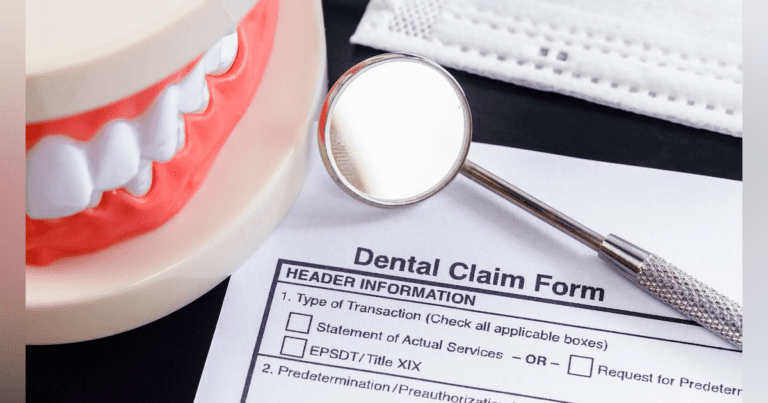Previously, the D0210 nomenclature stated that this was an intraoral-full series of radiographic images, usually consisting of 14 to 22 periapical and posterior bite images. The way the descriptor was written left room for interpretation, so the illustration below, from Guide to Comprehensive Intraoral Radiographic Imaging Code Series – Understanding the 2023 Revisionsprovided, along with the rationale as discussed during the CMC meeting.
This language is also translated into three other CDT procedure codes:
D0372 intraoral tomosynthesis: Complete series of radiographic images
D0709 intraoral: Complete series of radiographic images, image capture only
D0387 intraoral tomosynthesis: Complete series of radiographic images, image capture only
These changes were originally proposed by the National Association of Dental Plans (NADP) and the American Academy of Oral and Maxillofacial Radiology (AAOMR). There was much discussion during the CMC meeting about these revisions, with emphasis on the inclusion of imaging of the dentate areas in a full-mouth series (FMX), which was not previously proposed. With this addition, the revisions passed unanimously.
Read more coding articles:
New year, new ADA CDT codes
Coding for scaling and root planing
Question: How do you appeal a claim denial for D4341/D4342 (SRP) when the reason given is “inadequate bone loss”? The patient showed 6 mm pockets in all quadrants with bone loss. How do we go about it?
Answer from Connie Simmons: Providing a complete and accurate diagnosis is the first step when applying for dental insurance. The presence of 6 mm pockets does not describe the extent of bone loss, only the depths of the pockets. You must prove the amount of the loss of clinical attachment. Does your periodontal chart show recession along with pocket depths in these areas? Are your x-rays of good quality (good parallel technique) to show the bone loss? Does your narrative include a diagnostic statement that reflects the 1999 AAP classifications of periodontal disease and the 2018 classifications, including staging and grading?
I work for eAssist and field requests like this, and I have found that many offices still do not use staging and scoring to create a diagnosis for their peri-patients. Use the format described below to determine radiographic bone loss (RBL). When I resubmit the x-rays with the bone levels identified, as well as the measurements as defined below, I have had good success with claims being reviewed and reimbursed.
- Determine stage using RBL. Use the ruler icon in your program software to measure the distance from the cementoenamel junction (CEJ) to the apex of the root at the point of greatest loss. (If you don’t know where the ruler icon is, ask your doctor. He uses it for endo.)
- Note that an average of 2 mm from the CEJ to the apex of the alveolar bone is considered normal bone height, so subtract 2 mm from the CEJ to the apex measurement to determine where healthy bone levels should be.
- Then measure the current bone level at the point (bone height to root apex). Subtract your current bone level from your healthy bone level number and this will give you your bone level loss. Once you have the bone level loss number, divide it by the healthy bone level number and multiply by 100. This will give you a percentage of bone loss for staging severity when using RBL as a determinant (ie Stage I <15%, Στάδιο II 15%-33%, Στάδιο III και IV >33%).
Of course, all the other important pieces of the periodontal evaluation should be included: bleeding, swelling, bulging involvement, poorly attached gingiva, etc. Documentation is critical, including emphasizing any risk factors that provide evidence that this nonsurgical periodontal therapy (SRP) is a medically necessary treatment for the patient.
Editor’s Note: This article appeared in the March 2023 print edition RDH magazine. Dental hygienists in North America are eligible for a free print subscription. Register here.


